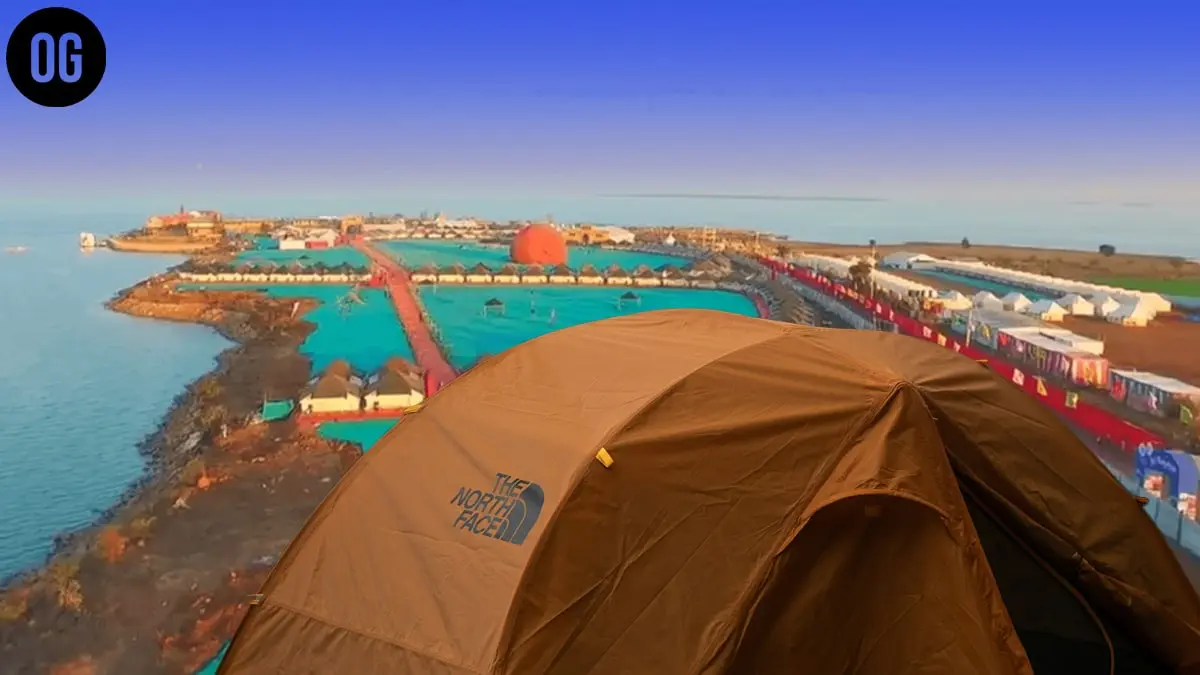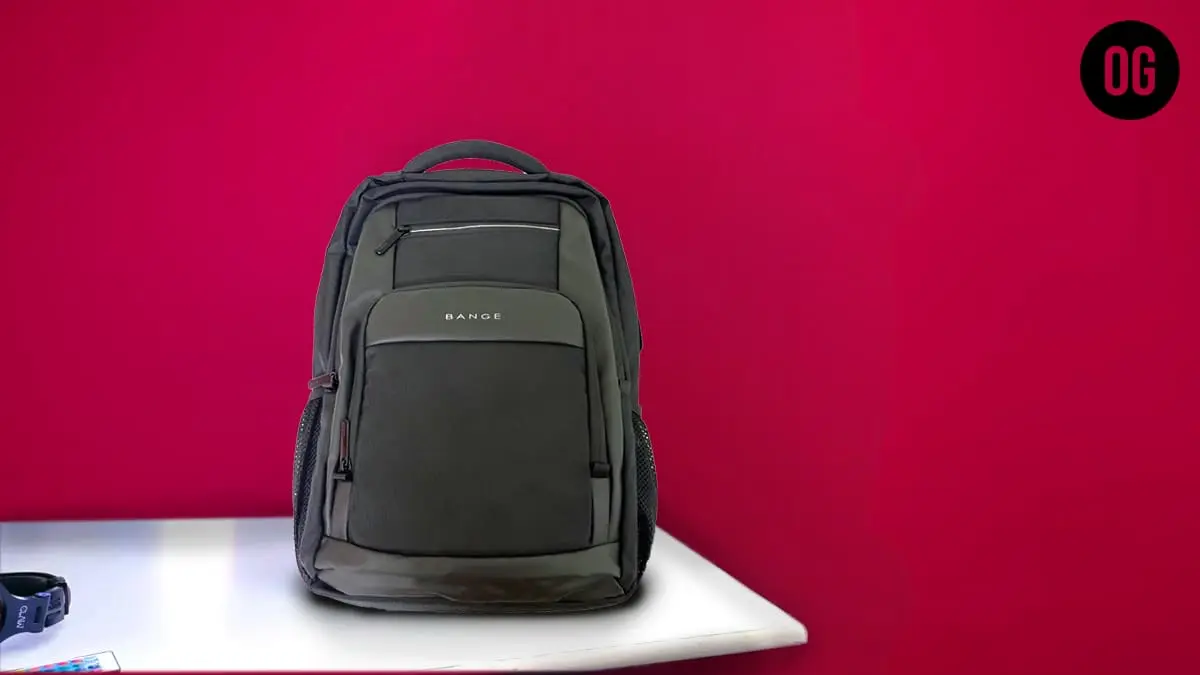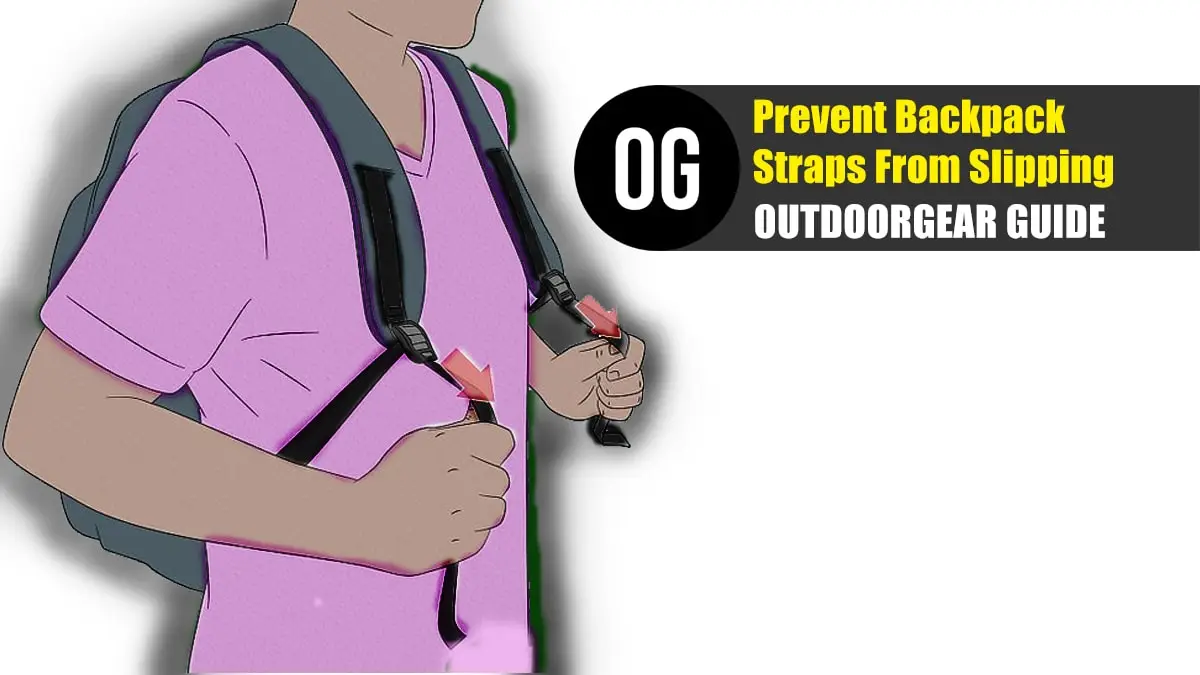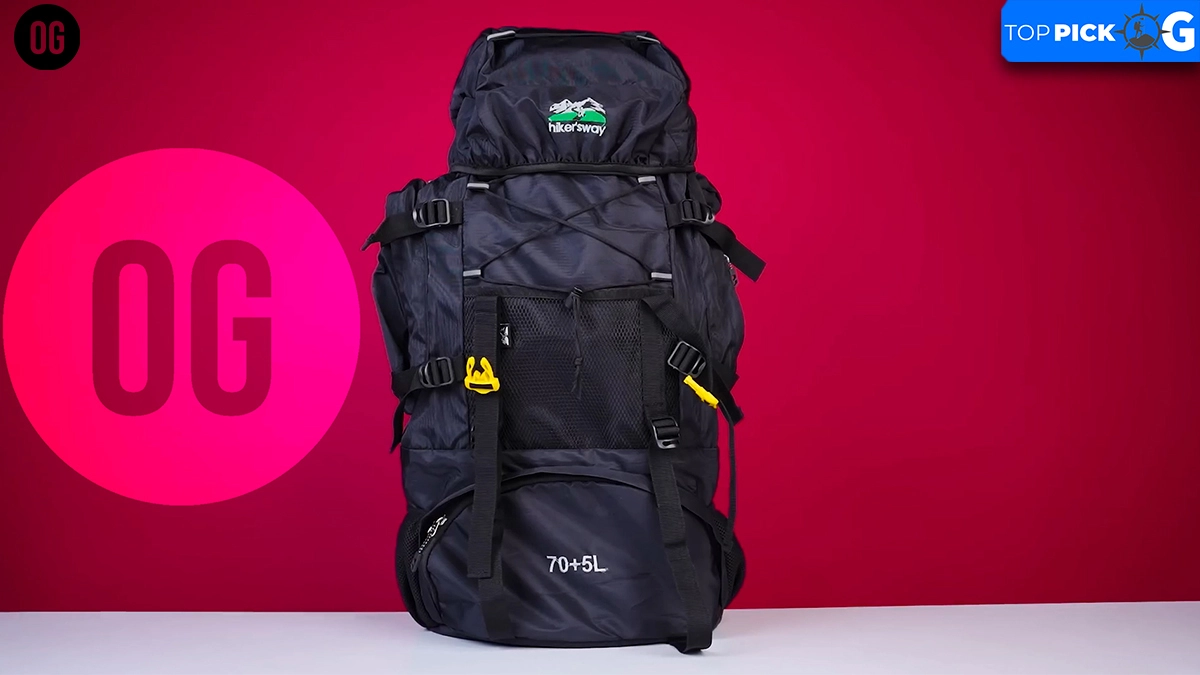Are Hard-Sided Trolley Bags Safe for Air Travel? A Complete Guide for Modern Travelers
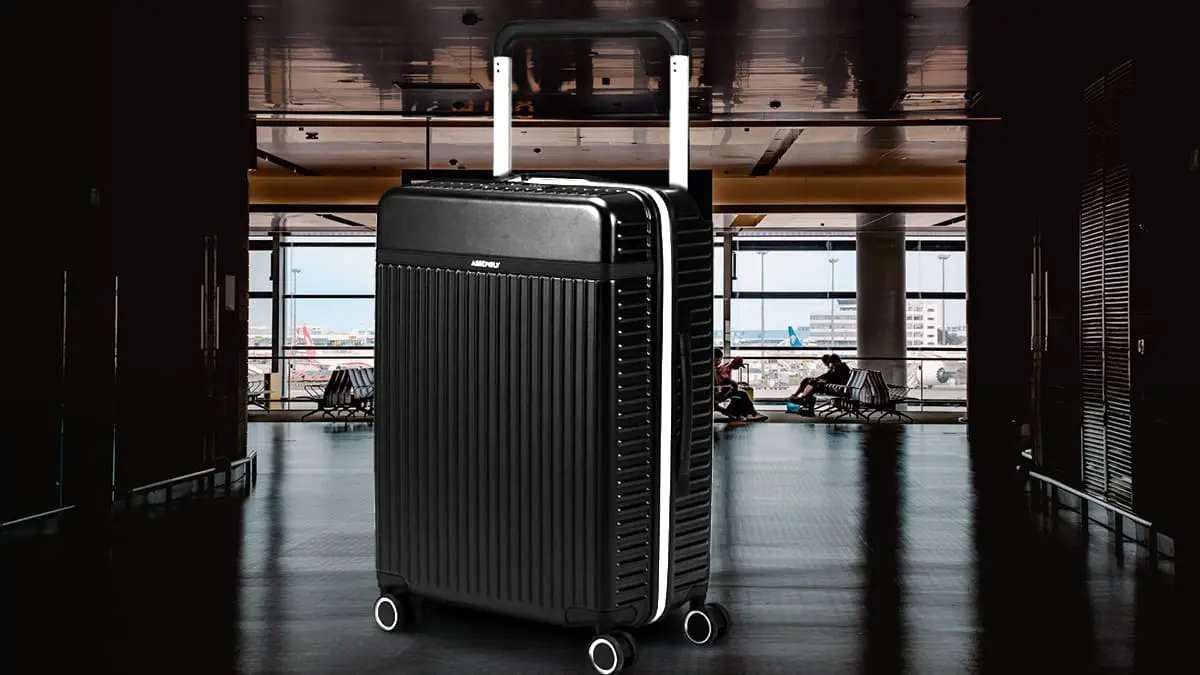
When preparing for air travel, choosing the right luggage can make or break your journey. Hard-sided trolley bags — with their sleek exteriors and sturdy designs — have become a common choice for many flyers. But one question still lingers: are hard-sided trolley bags truly safe for air travel?
In this comprehensive guide, we’ll explore their durability, materials, pros and cons, safety features, and expert recommendations to help you decide whether a hard-shell suitcase is worth investing in for your next flight.

What Exactly Are Hard-Sided Trolley Bags?
Hard-sided trolley bags, or hard shell suitcases, are made from solid materials like polycarbonate, ABS, or aluminum. Unlike soft fabric bags, they maintain a fixed shape, offering excellent resistance to external impact. Most come with:
- 360-degree spinner wheels
- Telescopic handles
- TSA-approved locks
- Dual compartments for organized packing
These design elements combine style with strength — making them ideal for travelers who value security and structure.
Traveler Preference for Luggage Type
58%
Hard-Sided
Why Many Travelers Prefer Hard-Sided Luggage?
There’s a reason airports today are full of glossy hard-shell suitcases. Here’s why:
- Impact Protection: Prevents crushing or deformation during handling.
- Modern Design: Trendy, minimalistic, and professional.
- Easy to Clean: Dirt and stains wipe off easily.
- Water Resistance: Keeps clothes and electronics dry.
- Built-in Security: TSA locks add safety against theft.
- Organized Packing: Separate halves make packing systematic and tidy.
These benefits make hard-sided trolley bags appealing — but are they the safest choice for your air journeys? Let’s evaluate.

Safety Aspects of Hard-Sided Trolley Bags
Hard-Sided vs Soft-Sided Trolley Bags
1. Durability and Impact Resistance
A good hard-sided suitcase can endure the rough conditions of baggage handling, conveyor belts, and airport cargo holds.
- Polycarbonate shells are known for flexibility and strength — they absorb shock without cracking.
- Aluminum is even tougher, ideal for frequent flyers or fragile items.
- ABS is more affordable but prone to cracks under extreme pressure.
Safety Verdict:
Choose polycarbonate or aluminum if safety and longevity are top priorities.
2. Water Resistance
Soft-sided bags often absorb rain or moisture. In contrast, hard shells act as a waterproof barrier, keeping your clothes and electronics dry even in unexpected weather.
⚠️ Tip: Ensure the zipper lining is also sealed — some low-end models may allow water seepage.

3. Built-in Security and Locking Systems
Modern hard-shell luggage features TSA-approved locks. These allow airport authorities to inspect bags without breaking the lock — preventing theft or forced entry.
Pros:
- Enhanced theft protection
- Tamper-resistant build
- Compliant with international travel standards
Cons:
- If a lock or hinge breaks, repair can be tricky.
Overall:
Hard-sided trolley bags score high for security and protection during transit.
4. Stability and Handling
Safety also involves comfort and control. Most hard-sided trolley bags include:
- Four spinner wheels for smooth 360° movement
- Ergonomic telescopic handles for better grip
- Balanced frame to prevent tipping
These features ensure a stable, safe, and comfortable travel experience.
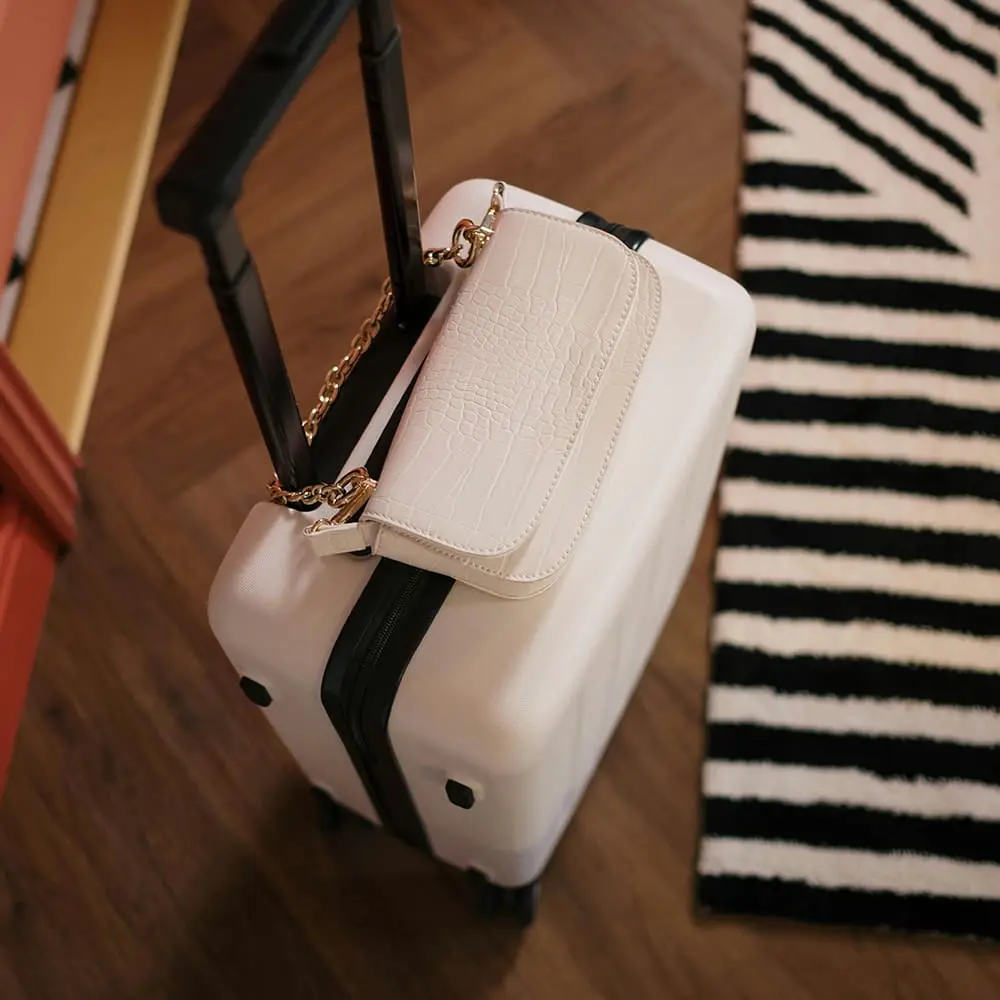
5. Weight and Airline Compatibility
Airlines have strict baggage weight limits. The rigid shell adds a few extra kilograms, which can matter for carry-on restrictions.
If you want a lightweight yet safe option:
- Go for polycarbonate instead of aluminum.
- Look for expandable designs that adjust space efficiently.
Safety note: Avoid overpacking — forcing a hard shell closed can damage the zippers or hinges.
✅ Pros of Hard-Sided Trolley Bags
| Advantages | Description |
| High Protection | Rigid shells protect fragile belongings from external impact. |
| Water & Weather Resistant | Keeps items dry during rain or snow. |
| TSA Lock Security | Ensures luggage safety during international travel. |
| Stylish & Modern Look | Sleek, professional appearance with glossy finishes. |
| Easy to Maintain | Wipes clean effortlessly after every trip. |
| Better Packing Organization | Two compartments help separate clothes and gadgets. |
❌ Cons of Hard-Sided Trolley Bags
| Disadvantages | Description |
| Less Flexibility | Doesn’t stretch or expand easily when overpacked. |
| Repair Challenges | Cracks or dents are harder to fix than fabric tears. |
| No Outer Pockets | Lacks quick-access compartments for documents or chargers. |
| Slightly Heavier | Some models add extra weight to checked baggage. |
| Possible Cracking | ABS or low-quality shells may break under heavy pressure. |
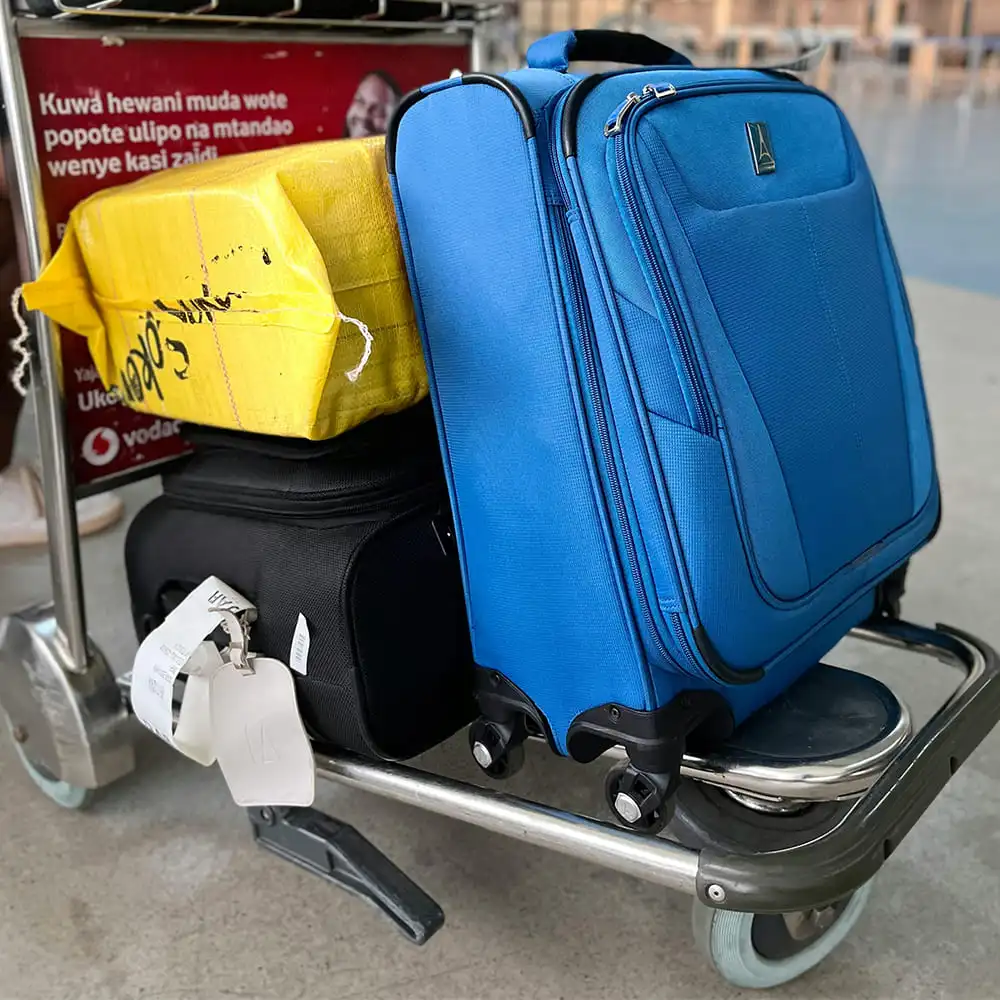
Hard-Sided vs Soft-Sided Trolley Bags: Which Is Safer?
| Feature | Hard-Sided | Soft-Sided |
| Durability | High – rigid, resistant to pressure | Moderate – can tear or deform |
| Water Resistance | Excellent | Limited |
| Security | Better – integrated locks | Basic – depends on padlocks |
| Flexibility | Low | High |
| Weight | Slightly heavier | Usually lighter |
| Accessibility | Limited (no outer pockets) | High (multiple zippers) |
Verdict: Hard-sided trolley bags win on safety, strength, and security, while soft-sided options remain more versatile and lightweight. For air travel, especially with valuable or delicate items, hard-sided luggage is the safer choice.
Performance Comparison in Air Travel Conditions
Resistance
Protection
Balance
Handling
Locks
Expert Travel Tips for Safe and Long-Lasting Use
- Choose quality material: Opt for polycarbonate or aluminum instead of ABS.
- Check the warranty: Prefer brands offering at least 3 years of coverage.
- Use a protective cover: Prevent scratches and scuffs during baggage handling.
- Clean regularly: Use mild soap and a microfiber cloth after trips.
- Avoid overstuffing: Maintain zipper integrity and case shape.
- Label your luggage: Helps avoid mix-ups at baggage claim.
- Inspect wheels and handles: Regular maintenance ensures smooth rolling.

Eco-Friendly Options in Hard-Sided Luggage
Many modern luggage brands are embracing sustainability by using:
- Recycled polycarbonate materials
- Replaceable wheels and handles
- Eco-conscious manufacturing
Such options enable safe and responsible travel without compromising on quality or safety.
Recommended Materials for Safe Air Travel
| Material | Safety Rating | Weight | Durability | Best For |
| Polycarbonate | ⭐⭐⭐⭐⭐ | Lightweight | Highly durable | Frequent flyers |
| Aluminum | ⭐⭐⭐⭐ | Medium-heavy | Ultra strong | Long international trips |
| ABS Plastic | ⭐⭐⭐ | Very light | Moderate | Occasional travel |
Expert Recommendation: For the best mix of safety, style, and comfort — choose polycarbonate hard-sided trolley bags with TSA locks and spinner wheels.
Top Situations Where Hard-Sided and Soft-Sided Bags Are Ideal
Travel
Trips
Vacations
Trips
Travel
Top Situations Where Hard-Sided Bags Are Ideal
- International flights with layovers – better protection during multiple transfers
- Business trips – keep formal clothes and laptops safe
- Rainy or snowy destinations – prevent moisture seepage
- Luxury travel – adds sophistication and professional style
- Travel with fragile items – protects souvenirs, cameras, and electronics
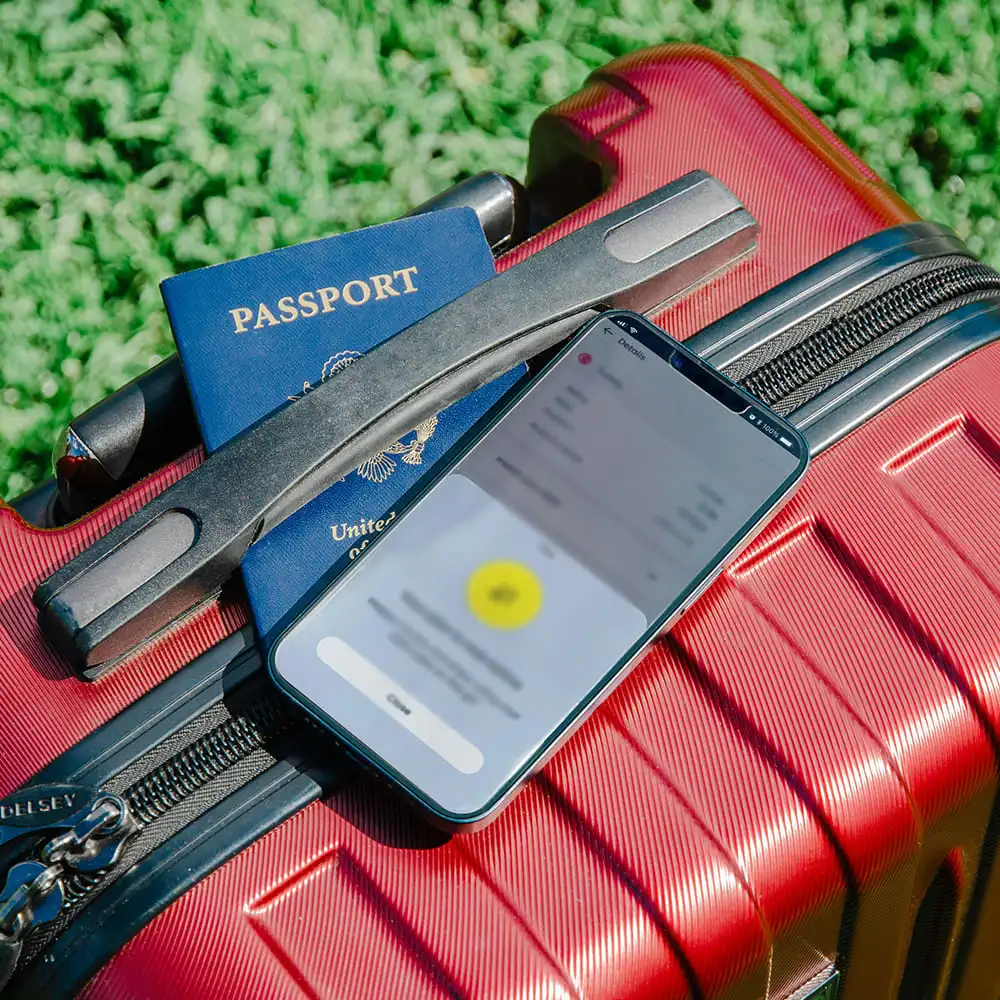
Conclusion
So, are hard-sided trolley bags safe for air travel?
The answer is a confident yes — as long as you invest in a quality model. With their strong shells, waterproof design, and secure TSA locks, hard-sided trolley bags offer the best protection for your belongings at every stage of your journey.
While they may lack the flexibility and outer storage of soft luggage, their safety, durability, and elegance make them the preferred choice for both frequent flyers and occasional travelers.
If you value peace of mind, organized packing, and long-term reliability, a high-quality hard-sided trolley bag is not just safe — it’s the smartest travel companion you can own.


